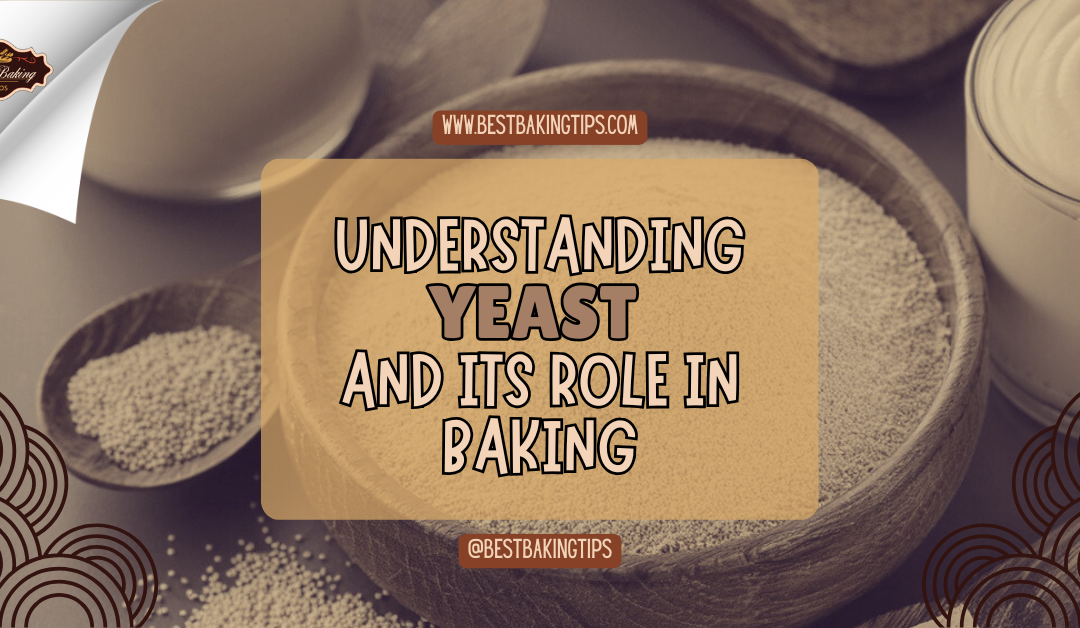==================
Affiliate Statement
Best Baking Tips is supported by our audience. When you purchase through one of our links, we may earn a small affiliate commission. As an Amazon Associate I earn from qualifying purchases. Your cost is not affected.
==================
Through trial and error, I’ve come to appreciate how yeast is truly the heart of baking. Its ability to bring dough to life still fascinates me, and each successful bake feels like a small victory. In this article, I’m excited to share my journey and tips and insights that have helped me master this magical ingredient. Whether you’re a beginner or looking to refine your skills, let’s dive into the fascinating world of yeast together.
The Magic of Yeast: Unlocking Flavor, Texture, and Tradition in Baking
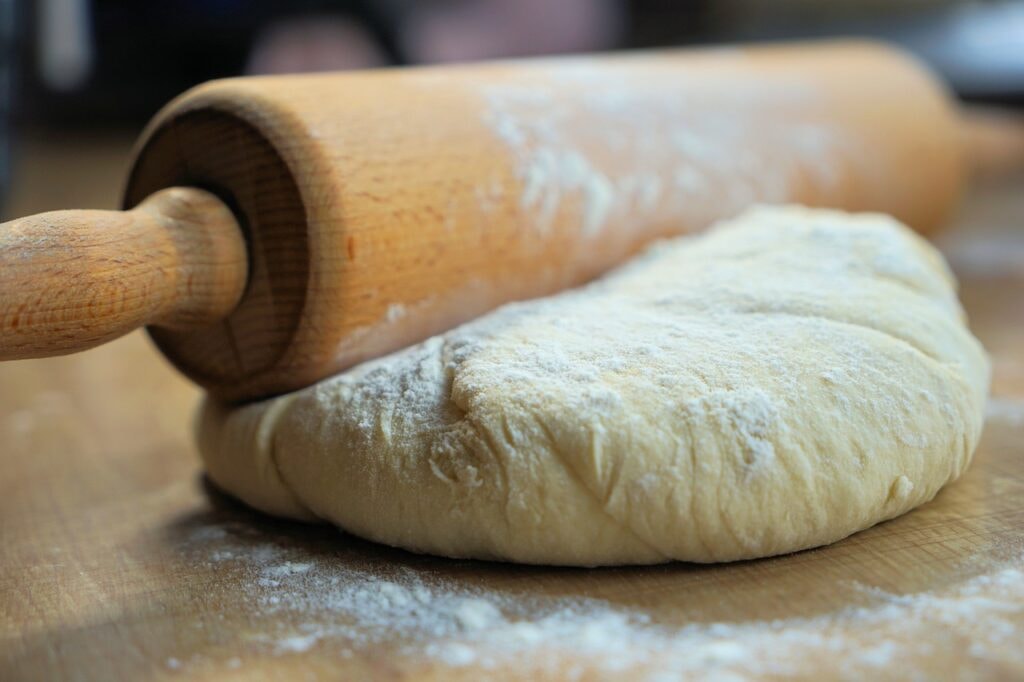
Yeast might seem like just another baking ingredient, but it plays a star role in kitchens around the world. Let’s start by defining what this magical little organism is. Essentially, yeast is a single-celled fungus, a living organism that loves to munch on sugars and starches, turning them into carbon dioxide and alcohol through fermentation.
This process is the secret behind fluffy bread and pastries. Yeast isn’t new; it has been used in baking and brewing for thousands of years, adding flavor and texture to our favorite foods. Yeast comes in different varieties, each bringing something unique to the table.
There’s the common baker’s yeast you’ll find in most bread recipes, as well as special strains like brewer’s yeast, used in making beer and wine. Each type has its own characteristics and uses, making yeast one of the most versatile tools for bakers and brewers alike.
Understanding the significance of yeast and its role in baking in food culture is a journey through history. From ancient civilizations to modern gastronomy, yeast fermentation has fueled culinary evolution. It’s not just a key ingredient; it’s a living tradition that shapes the food we love.
Yeast’s adaptability and essential role in transforming simple ingredients into elevated experiences highlight why it’s celebrated in kitchens everywhere. In terms of industry impact, yeast is more than just a baking staple.
It’s an integral part of food manufacturing and innovation. Whether crafting artisanal breads or developing new fermentation techniques, yeast drives creativity in culinary arts, pushing boundaries and redefining what’s possible in the world of food.
Key Takeaways
- Yeast is a living organism that ferments sugars, producing carbon dioxide and alcohol, which cause the dough to rise and contribute to the airy texture of baked goods.
- Active dry, instant, and fresh yeast all serve unique purposes in baking, with instant yeast being faster and fresh yeast offering richer flavor, while active dry yeast is the most common in home kitchens.
- Yeast thrives in warmth but not heat. Finding the right temperature is crucial for successful dough fermentation, which impacts both texture and flavor.
- The longer yeast ferments dough, the more complex and flavorful the bread becomes. Longer fermentation times enhance taste, making this process an important aspect of baking.
- Beyond bread, yeast is used in brewing, biofuel production, and health supplements like nutritional yeast. Its ability to adapt makes it a versatile ingredient in various industries.
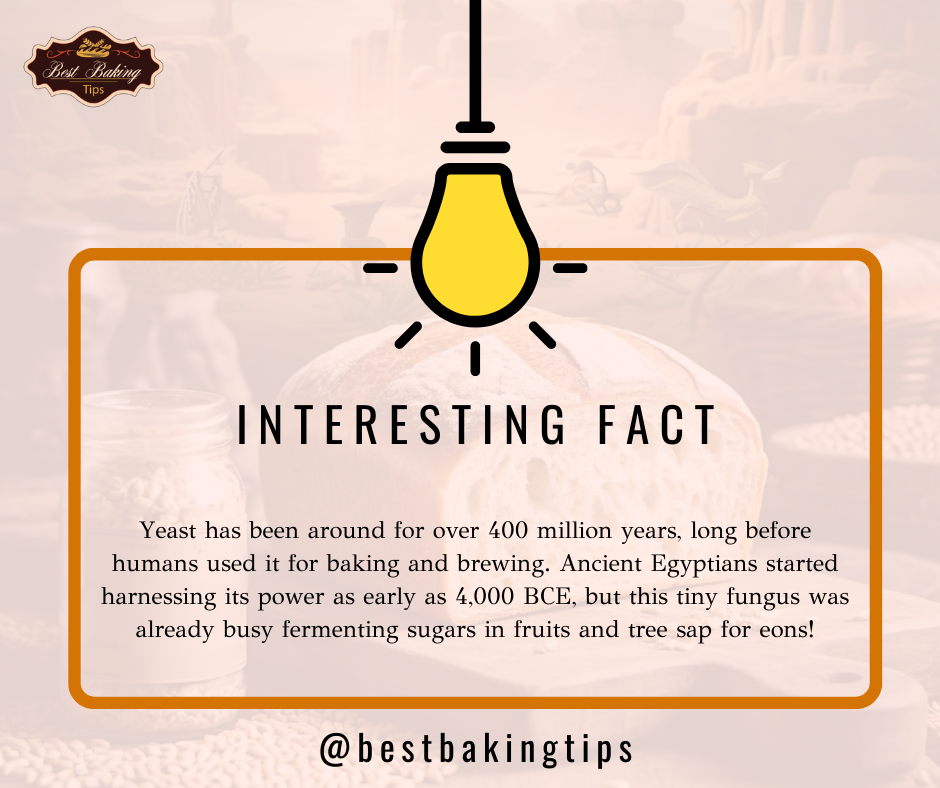
A Deep Dive Into Yeast as a Living Organism
Yeast isn’t just a particle ingredient in bread; it’s a vibrant little organism hustling away to make your dough rise. Yeast fits into the fungus family, hanging out with mushrooms and molds, but, unlike its bigger cousins, it’s super tiny—microscopic. Think of each yeast cell as its own tiny factory, working hard to create carbon dioxide and alcohol, which we love for baking and brewing.
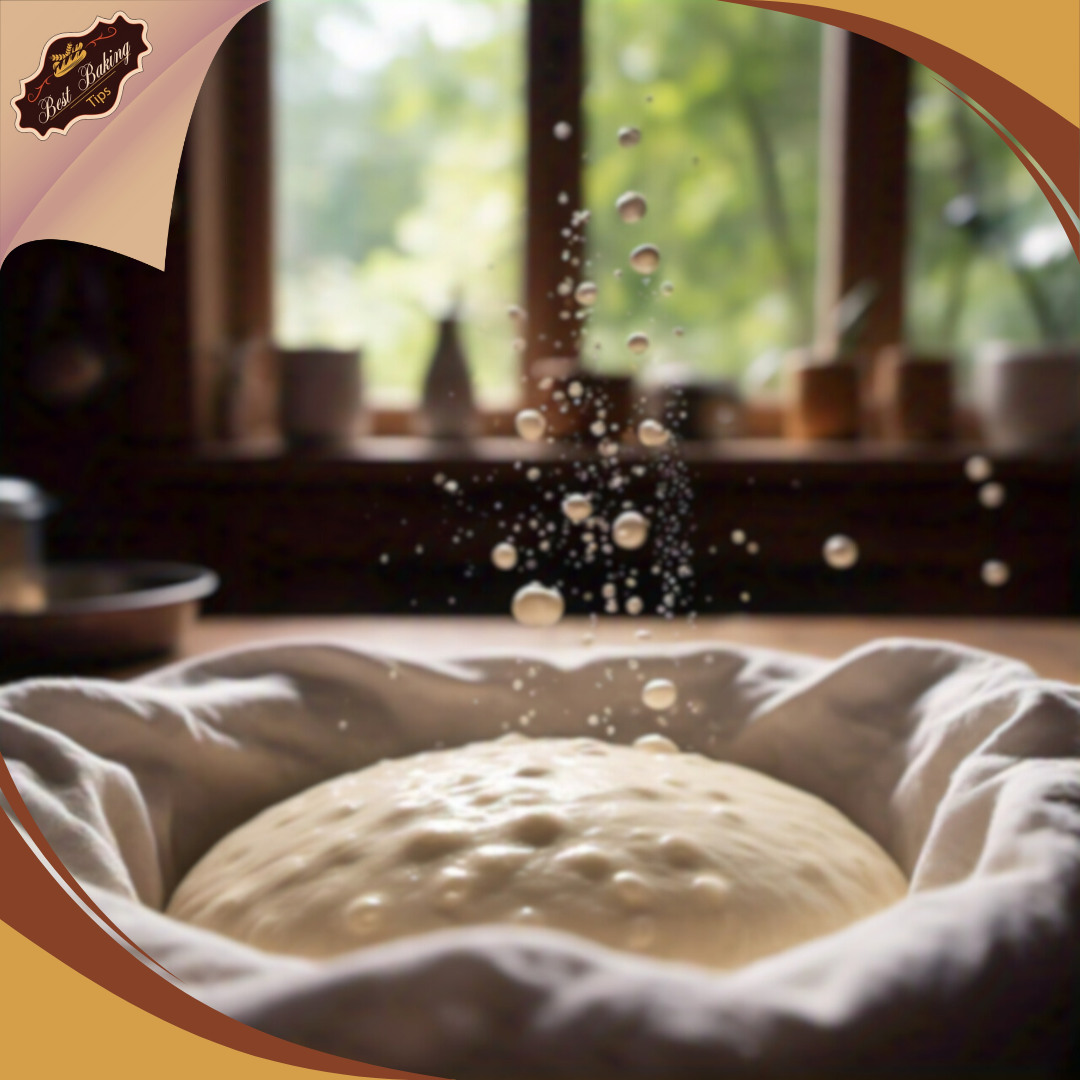
Yeast Reproduction and Growth
These cells reproduce in a somewhat quirky fashion called budding. Imagine a tiny balloon growing out of a larger one. Once it’s big enough, it pinches off, and voilà—another yeast cell ready to party. This reproduction cycle can rev up quickly, especially in the right conditions, which is why your dough rises fast on a warm day!
Understanding how yeast and its role in baking helps you take control in the kitchen. These little guys need warmth, moisture, and food (like sugar or starch) to thrive. Too cold, and they’ll send SOS signals; too hot, and they’ll throw in the towel. Finding that Goldilocks zone of comfort means happy yeast and better bakes.
Power of Fermentation
In nature, yeast is a master of fermentation. It doesn’t just stop at baked goods. This process occurs naturally on fruits and tree saps, turning sugars into alcohol. It’s a fascinating system we’ve harnessed in various ways to enjoy everything from bread to beverages. Embracing the biological nature of yeast can actually give you an upper hand, whether you’re baking a loaf or brewing a batch.
Uncovering the Science: How Yeast Works in Baking
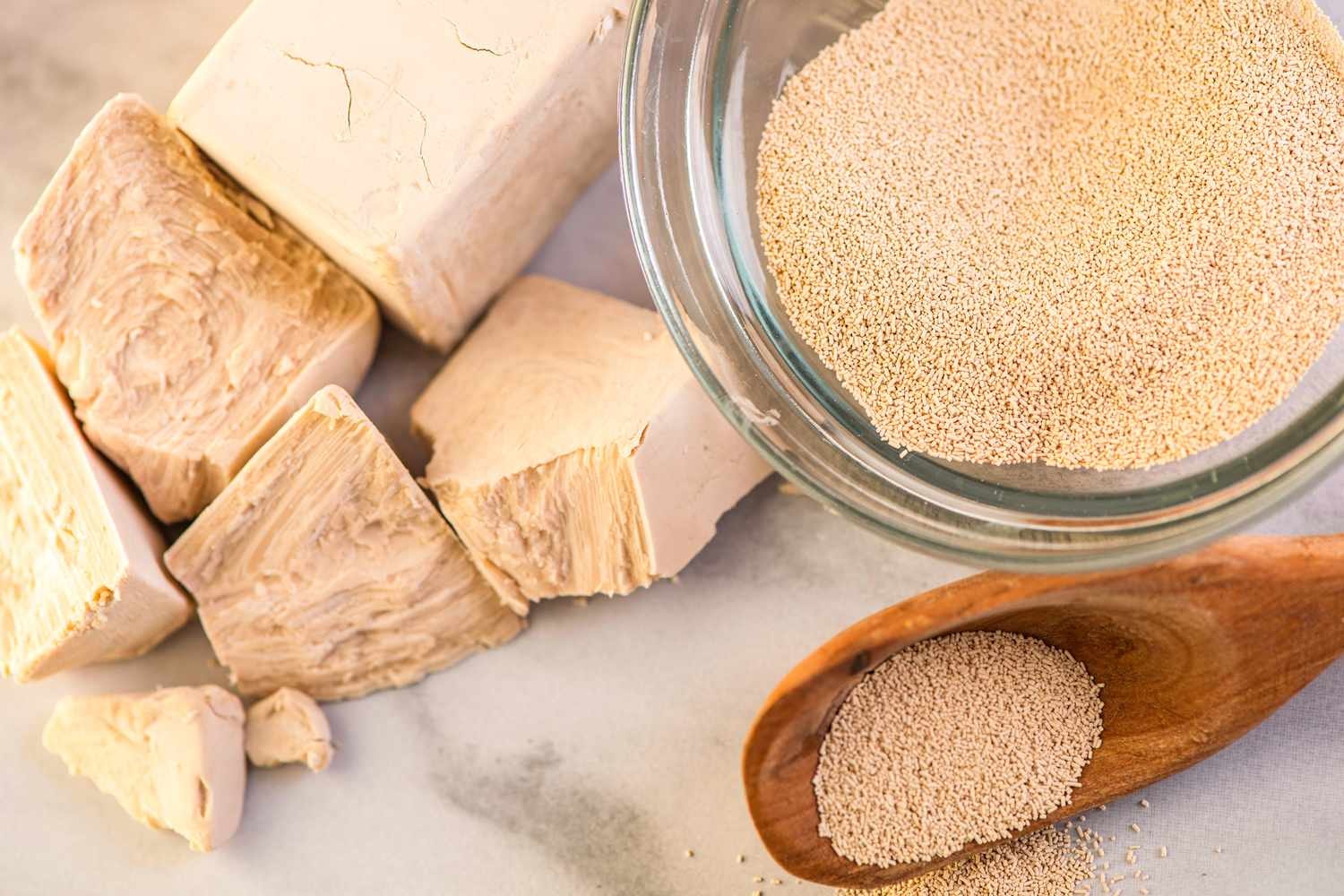
Yeast and its role in baking has some pretty cool chemistry tricks up its sleeves. The secret sauce lies in fermentation. That’s when yeast breaks down sugars, releasing carbon dioxide and alcohol. The CO2 is what makes your dough rise, filling it with bubbles and creating that light, airy texture we all crave in a good loaf.
When you mix yeast with flour and water, a magical dance begins. The yeast activates, munching away at the natural sugars in the flour and producing CO2. This gas gets trapped in the dough’s gluten network, puffing it up like a cozy air pillow. That’s why kneading is key; it helps develop this gluten web, providing strength and structure for those bubbles to hold. Without it, your bread might turn out dense or flat.
But yeast doesn’t just stop at making bread rise. It’s also a flavor booster. As it ferments, yeast produces organic acids and other compounds that add depth and complexity to your bread’s taste, turning simple ingredients into something extraordinary. A longer fermentation usually means more flavor, which is why some bakers let their dough rest overnight or even longer to maximize taste.
Temperature plays a starring role here too. Yeast loves warmth but not too much heat. Finding that sweet spot is crucial for controlling how fast or slow your dough rises. Cooler temps generally bring out more flavor, while a warm environment speeds things up. So, by mastering yeast’s chemistry, you unlock the potential to craft breads and bakes that are both delicious and perfectly textured.
By: Baker Bettie
Types of Yeast: Choosing the Right One for Your Needs
When it comes to baking, not all yeast is created equal. The options can seem overwhelming, with active dry, instant, and fresh yeast all competing for space on the shelf. Each has its strengths, depending on what you’re baking up.
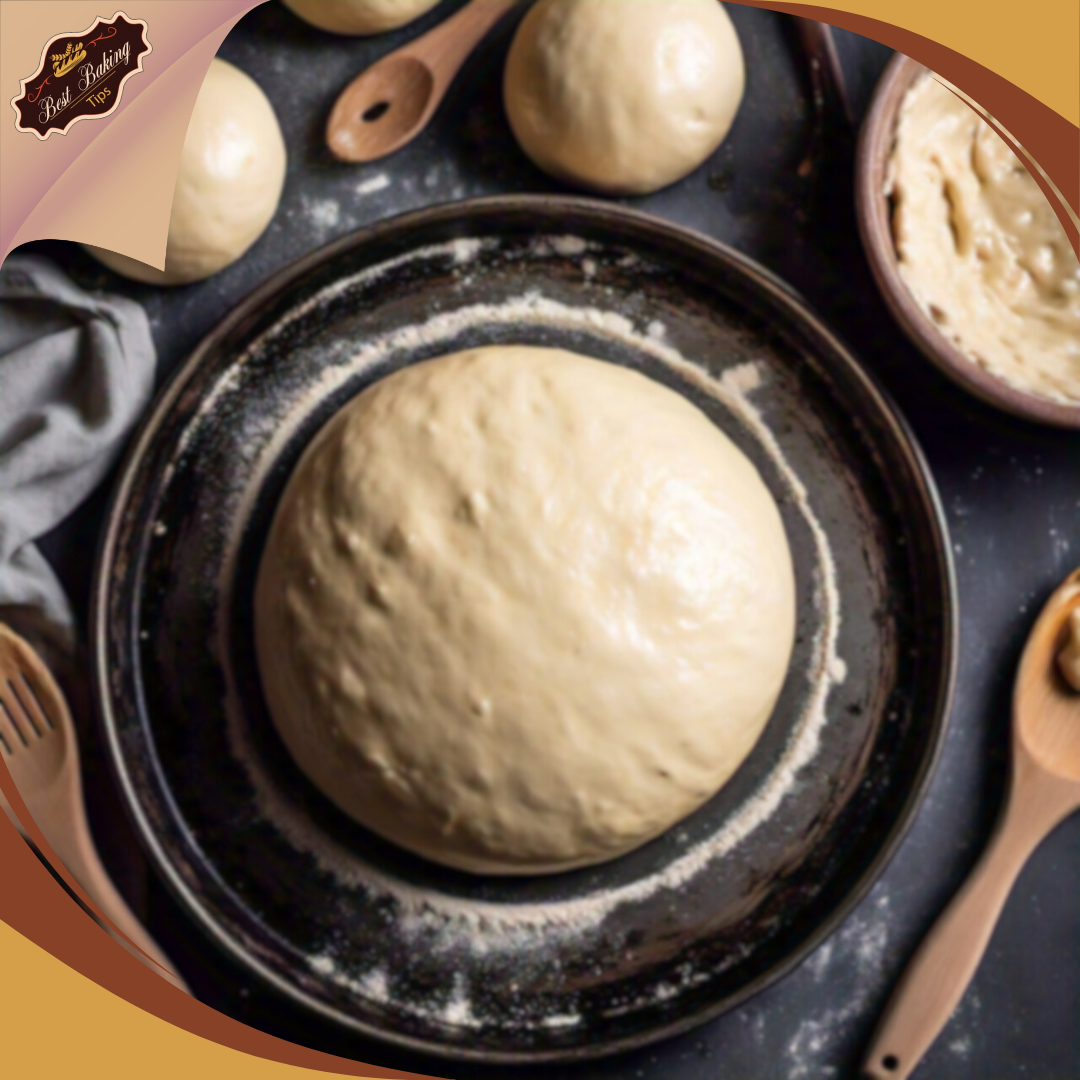
Active Dry Yeast
Active dry yeast is probably the most common in home kitchens. It comes in granules and needs a bit of warm water to get it partying. It’s reliable and has a long shelf life, making it a popular choice for many bakers.
Instant Yeast
Instant yeast, true to its name, works a little faster. You can mix it straight into your dough without needing to dissolve it in water first. This yeast is great for quick bakes or when you want to keep things simple and speedy.
Fresh Yeast
Fresh yeast, sometimes called cake yeast, is a bit of a superstar in artisan baking circles. It tends to be sold in blocks and has a shorter shelf life but offers a richer yeast flavor that some bakers swoon over. It’s a bit finicky with storage, needing to chill in the fridge, but the flavor payoff can be worth the hassle.
Specialty Yeasts and Storage
For those looking for something a bit different, there are specialty yeasts, like those used in sourdough starters or for brewing. Each has specific characteristics to match unique baking needs, whether you’re shooting for tangy bread or home-brewed beer.
Handling yeast and its role in baking properly is crucial. Keep it in an airtight container away from heat, and always check those expiration dates. A happy yeast means happier bakes, and storing it properly is the first step to keeping those tiny organisms alive and kicking.
The Art and Technique of Yeast Baking
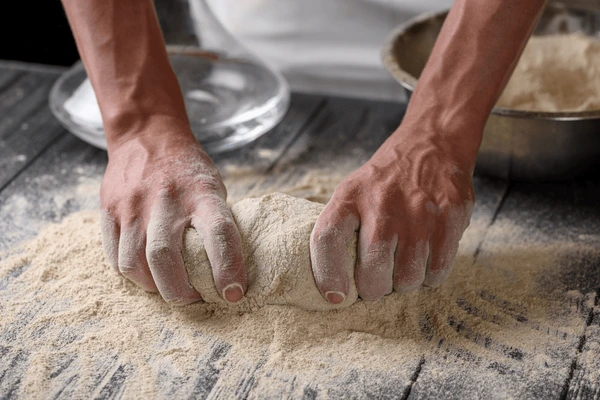
Making the perfect loaf with yeast isn’t just science; it’s an art, too. It starts with creating the ideal environment for yeast to thrive. Temperature is key, and mixing your water just right—neither hot nor cold—is your first move. You’re aiming for lukewarm, like a cozy bath on a Sunday morning.
Kneading for Structure
Once the yeast is awake and ready, it’s all about mixing and kneading. This part isn’t just for show. Kneading helps develop the dough’s gluten structure, making sure those CO2 bubbles from the yeast are held in tight. A well-kneaded dough feels smooth and elastic, a sign that it’ll bake into something beautiful.
Proofing Perfection
Proofing, or allowing dough to rise, is another step where patience pays off. Letting your dough rest gives the yeast time to do its work. The environment here plays a big role as well—a warm, draft-free spot is your dough’s happy place. Cover it with a damp cloth to prevent drying out, and give it time to double in size.
Common Yeast Mistakes
Yeast and its role in baking involves its own set of potential pitfalls. A common one is overproofing, where dough rises too much and collapses. Keep an eye on the timing and the size of your dough. Slow fermentation often leads to better flavor, but every dough and kitchen has quirks, so stay attuned to how your dough behaves.
Mistakes happen, but each provides a lesson. If your bread ends up too dense, it might be a signal to knead more next time or let it proofread longer. If the yeast flavor is too overpowering, perhaps a shorter rise or a cooler proofing spot is in order. Learning these nuances turns yeast baking from daunting to delightful.
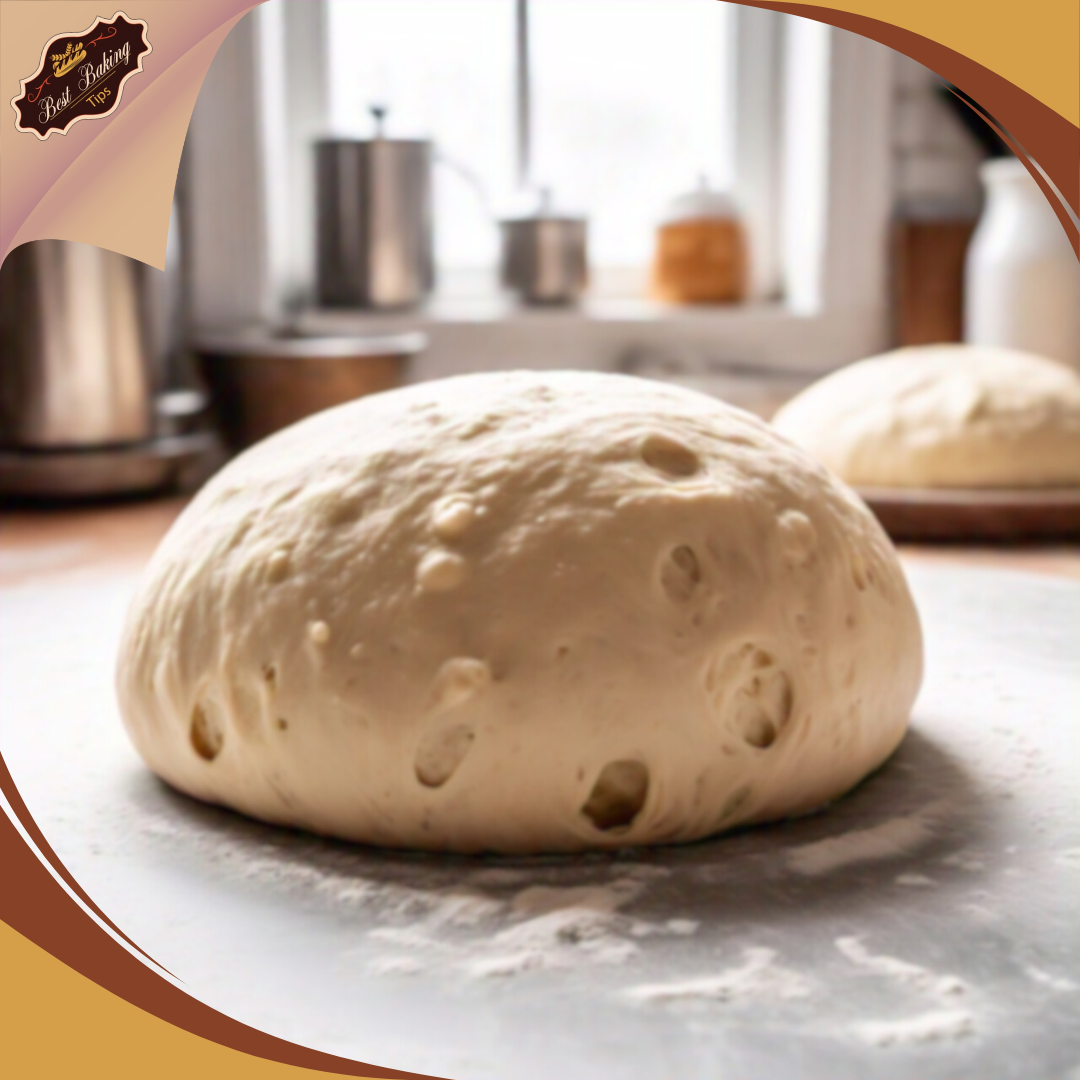
Keep Yeast Fresh: Proper Storage Tips
Alternative Uses of Yeast Beyond Bread
Yeast isn’t just loafing around in the baking world; its role extends beyond just dough. When we look at yeast and its role in baking, we see it play a starring role in other fascinating areas, like brewing. Yeast is a superstar in the world of beer and wine. It ferments sugars, much like it does in dough, but here, it’s about producing alcohol along with taste profiles that define different brews and vintages.
Yeast in Biofuels
Beyond beverages, yeast finds a place in the biofuel industry. Here, it’s all about energy, converting plant sugars into ethanol, a renewable energy source. It’s part of the push towards greener technology and sustainable energy solutions. Who knew something so small could contribute to such big energy goals?
Yeast in Health
Yeast also steps into the health sector as a dietary supplement. Nutritional yeast, with its cheesy flavor, is a hit among vegans, packed with B vitamins and protein. It’s that savory sprinkle on popcorn or the cheese-tasting bit in dairy-free pasta.
It’s intriguing to see how versatile yeast is outside our daily bread. Remember these applications the next time you visit this humble organism. Its ability to transform, adapt, and thrive in such varied environments is truly impressive.
Experimenting with Yeast: Recipes and Innovations

Yeast and its role in baking unlock a world of culinary possibilities beyond the usual suspects. Classic breads and pastries are just the beginning. From sourdoughs that sing with tangy flavor to buttery brioche that melts in your mouth, yeast is the unsung hero of many kitchen masterpieces.
Creating these delights at home can be immensely rewarding. Start with a simple recipe—maybe a straightforward pizza dough to get your feet wet. As you get comfortable, challenge yourself with something trickier, like bagels or croissants, where timing and technique reveal yeast’s full potential.
Pushing boundaries with yeast goes beyond replicating known recipes. Inventing concoctions with flavor pairings or adding herbs and spices can lead to unique creations. Think rosemary focaccia or garlic knots infused with personal flair. Understanding how yeast interacts with different ingredients helps sharpen your baking intuition.
Experimenting doesn’t need to be limited to traditional bakes. Yeast is making waves with sweet treats, too. Cinnamon rolls, doughnuts, and even enriched doughs for holiday cakes demonstrate how versatile and flexible this one ingredient can be. Each test and tweak in the kitchen adds to your arsenal of baking know-how.
Remember, every recipe is an opportunity to learn. Whether a hit or a miss, each bake enhances your skills and deepens your understanding of yeast. It’s about having fun, embracing creativity, and enjoying the journey as much as the end product.
Yeast Troubleshooting Guide: Solving Common Issues
Working with yeast and its role in baking isn’t always smooth sailing, and sometimes things go off track. One day, your dough rises perfectly; the next, it’s stubbornly stuck in place. Understanding why can make all the difference.
Yeast Rising Troubles
If your dough is having a hard time rising, it might be a yeast issue. Check the expiration date first, as old yeast loses its punch. If that’s not it, consider the environment. Yeast dislikes chilly spots, so move your dough to a warmer nook in your kitchen.
Controlling Yeast Flavor
Overly strong yeast flavors can surprise even seasoned bakers. This usually means fermentation went too far or too much yeast was used. Adjusting the proofing time or tweaking amounts next time can help maintain flavor balance.
Dough Consistency Tips
Dough texture can also present issues. If it’s too sticky or dry, it could be flour absorbing more or less moisture than expected. Tweak your liquids. A bit more or less water can help achieve a supple, easy-to-handle dough.
Sometimes, the issue stems from how dough was worked. Under-kneading doesn’t develop enough gluten structure; over-kneading can do the opposite. Dough elasticity and a slight bounce-back feel indicate the right level of kneading.
Troubleshooting is a crucial part of mastering yeast baking. Each hiccup teaches something valuable about ingredients, techniques, and how everything interacts. With experience, predicting and solving these problems makes each bake a bit easier and more rewarding.
Yeast and Its Implications: Health and Environment
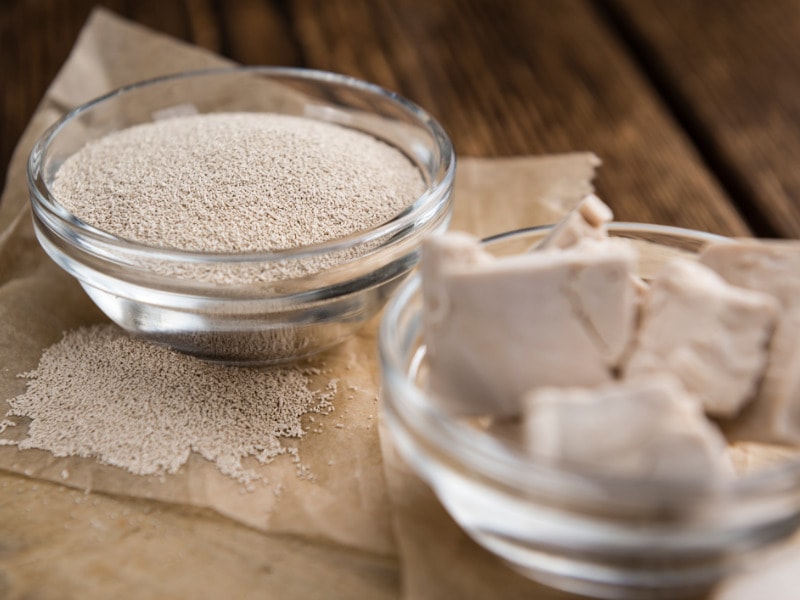
Yeast doesn’t just impact what we bake; it touches health and the environment, too. Understanding yeast and its role in baking helps us appreciate these implications, revealing its full effect on our lives. For some, yeast can be a dietary challenge.
Managing Yeast Reactions
Yeast allergies, though not super common, do exist. They can cause a range of symptoms, from mild to severe. If you suspect a sensitivity, it might be worth discussing with a healthcare provider to navigate what to avoid in your diet.
Yeast for Gut Wellness
On the flip side, yeast can be a gut health ally. It’s a staple in probiotic-rich foods like kombucha and kefir. These foods introduce beneficial bacteria to your digestive system, potentially improving overall health. The probiotic benefits are a growing field of study, showing promise but requiring individualized attention.
Sustainable Yeast Practices
Looking at the broader picture, yeast plays a role in sustainability discussions. The commercial production of yeast, as with most industrial processes, involves resource considerations, from energy consumption to waste management. Innovating in more eco-friendly yeast production approaches can contribute to a reduced environmental footprint.
Yeast is a small component with significant implications. From its role in dietary health to environmental considerations in its production, understanding yeast and its role in baking helps us make informed choices about its use and impact in our everyday lives. Embracing this knowledge allows us to use yeast not just effectively but responsibly.
By: Food52
Unlocking the Magic of Yeast: My Journey to Mastering Baking
As I’ve delved deeper into baking, understanding yeast and its role in baking has truly transformed my approach to everything from bread to pastries. I remember those early days when I struggled with dough that wouldn’t rise, leaving me feeling frustrated and unsure of what went wrong. But once I learned the science behind yeast, how it ferments sugars and creates those delicious air pockets, things started to make sense. Now, my kitchen experiments yield soft, airy loaves and beautifully golden crusts, all thanks to my newfound understanding of yeast and its magic. Learning the differences between active dry and instant yeast, as well as how to properly proof dough, made all the difference.
Through my journey, I’ve come to realize just how essential yeast is in baking. It’s the heart and soul of the dough, transforming simple ingredients into something incredible. Every successful bake still feels like a small victory, and I’m excited to share my experience with others. Whether you’re just starting or looking to refine your skills, I hope my insights and tips help you as much as they helped me. Yeast isn’t just a baking tool; it’s a living organism with the power to create something extraordinary, and I can’t wait for you to experience that magic in your own kitchen.
Frequently Asked Questions
What Factors Can Affect Yeast's Ability to Rise in Dough?
Can I Substitute Active Dry Yeast for Instant Yeast in Recipes?
Can I Use Yeast to Make Gluten-free Bread?
Elevate Your Baking Skills with Us!
Looking to enhance your baking abilities? Whether you’re a beginner or a seasoned pro, there’s always something new to learn and master.
Join us on Facebook, Instagram, Pinterest, Twitter, and TikTok.
Join our dynamic baking community and discover fresh tips and techniques to create mouthwatering treats right in your own kitchen!

